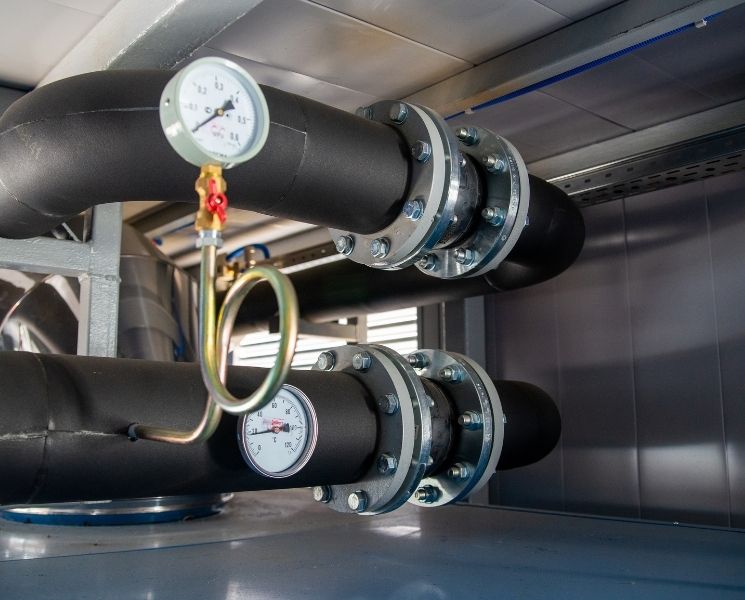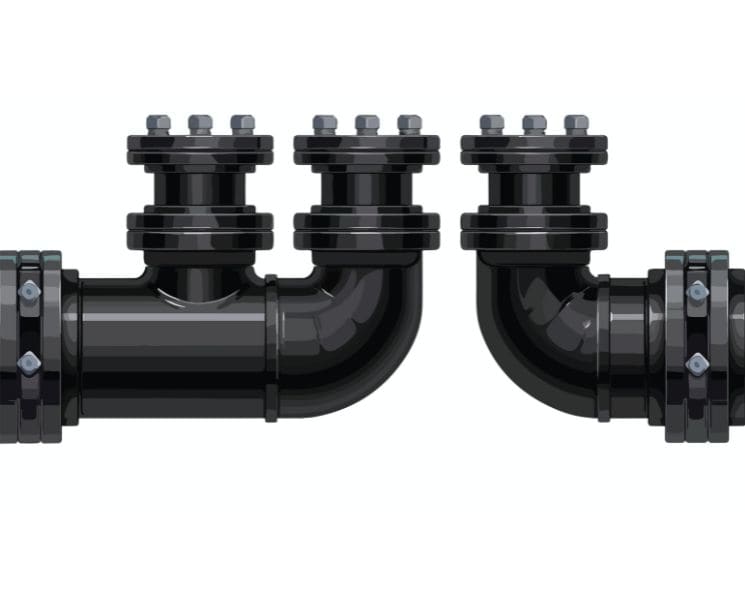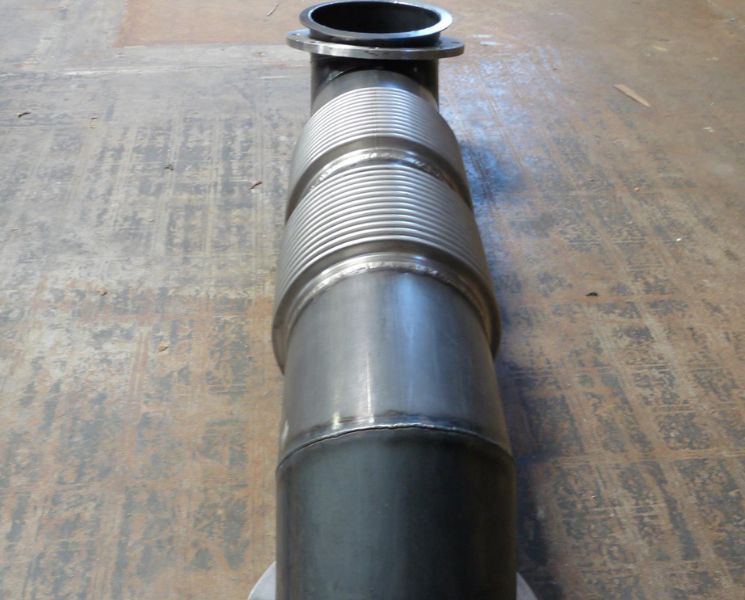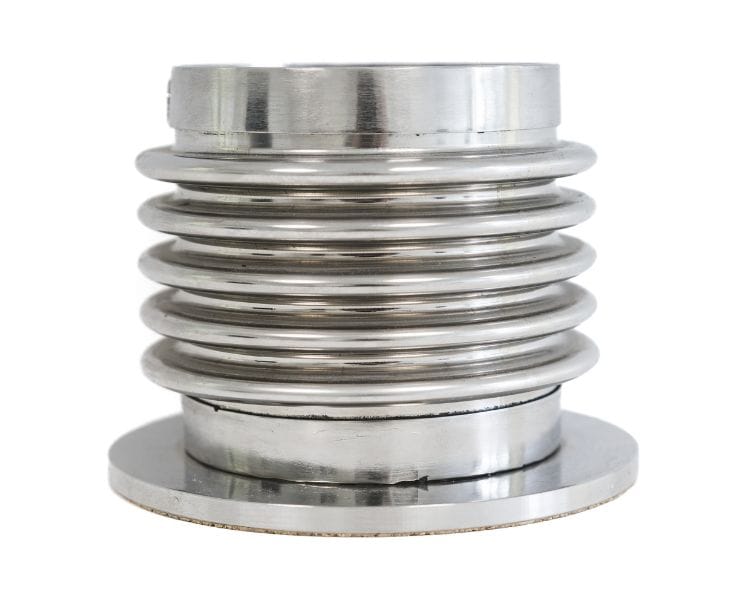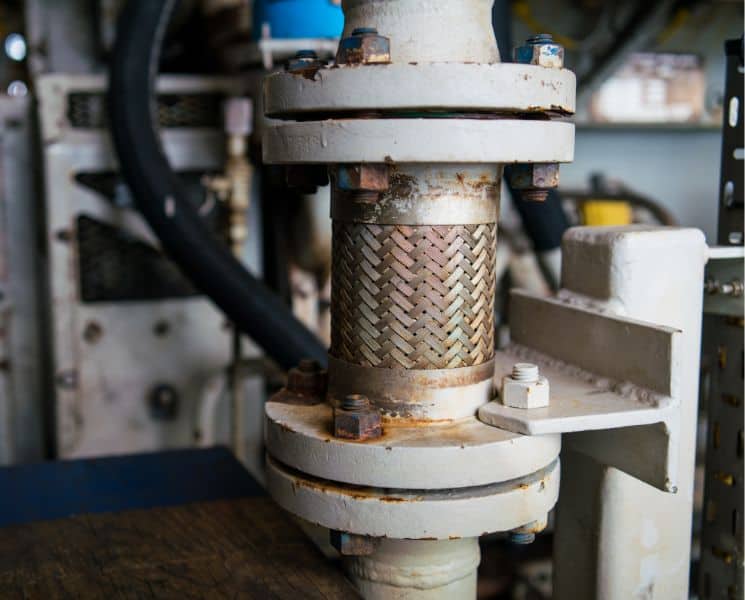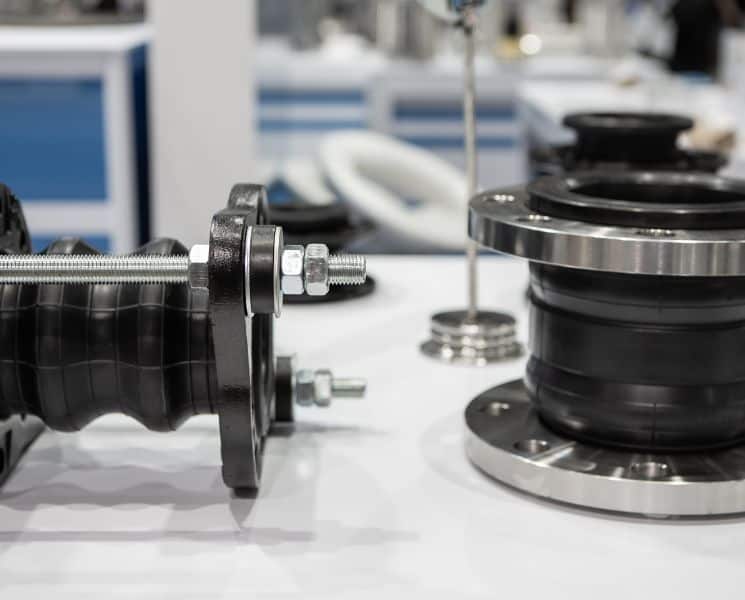While expansion joints do a proficient job at absorbing thermal expansion, sometimes they need a bit of support to help them perform. Anchors or guides work to absorb pressure thrust, deflect loads, and resist friction.
Here are mistakes to avoid when anchoring your expansion joints:
Types of Anchors
You’ll notice two types of anchors in a piping system responsible for different functions contributing to an expansion joint’s overall efficiency.
Main
As one of the essential pipe guides and supports, the main anchoring component is responsible for absorbing pressure generated by the compensator during thermal expansion.
The main anchor is used to control a pipe’s direction and avoid the heavy weighted loads from straining an expansion joint.
Intermediate
An intermediate anchor aims to withstand spring forces and friction forces from metal bellows and act as a stop, dividing pipelines into individual sections with compensators of the same size.
Anchoring Mistakes
It would help to note that the purpose of installing pipe guides is to direct piping and not support pipe weight or substances conveyed through them. When installing pipe guides, consider the following tips to ensure their efficiency:
Using Anchors Without Lining
When installed correctly, anchors can reinforce systems and control movement. However, using guides without lining can result in failures and rupture pipes.
Using Dissimilar Metals
Using anchors and supports made of mismatched metals can result in galvanic corrosion. This type of corrosion can disintegrate pipes and promote rusting within a system.
Allowing Expansion Joint to Bear Weight
As previously mentioned, having anchored your expansion joints doesn’t mean you should allow the piping system to rely on components that support heavy weight loads. Unexpected pressure spikes can move expansion joints around and extend the metal bellows, affecting the load capability of an anchor.
Allow Too Much Space In Between Anchors
When anchoring expansion joints, consider incorporating adequate support installation with proper spacing. Anchors in a layout should never exceed load calculations to avoid sagging or drooping.
Final Thoughts
Learning to avoid mistakes when anchoring expansion joints will prevent defects in your piping layout’s function. By pinpointing these errors, you can mitigate damages that plagued layouts in the past.

